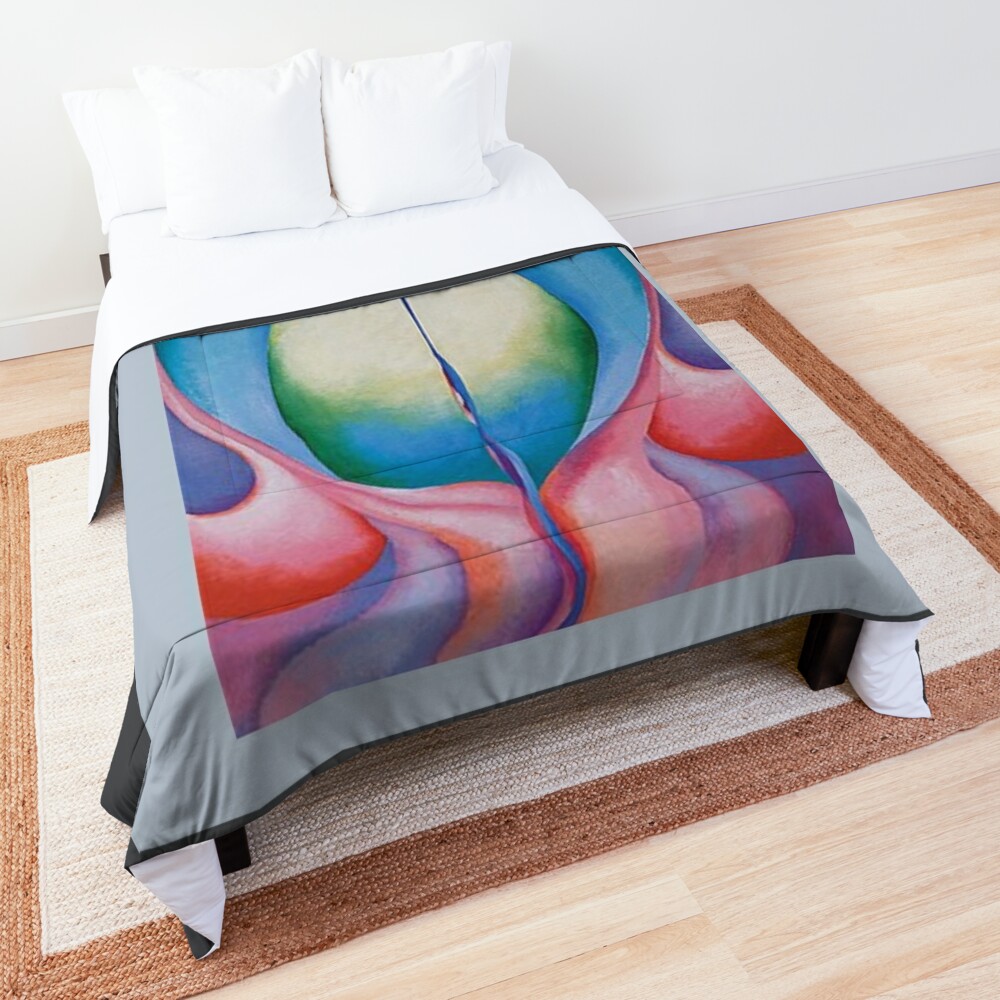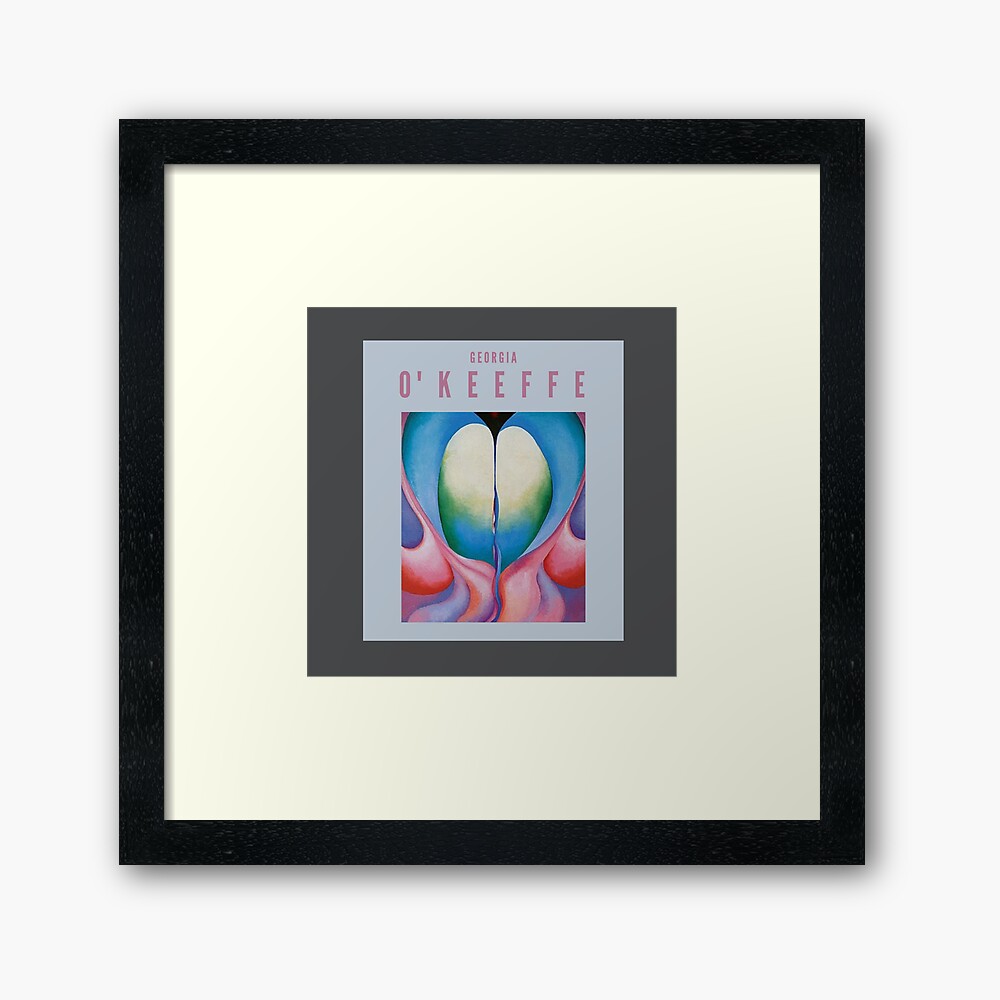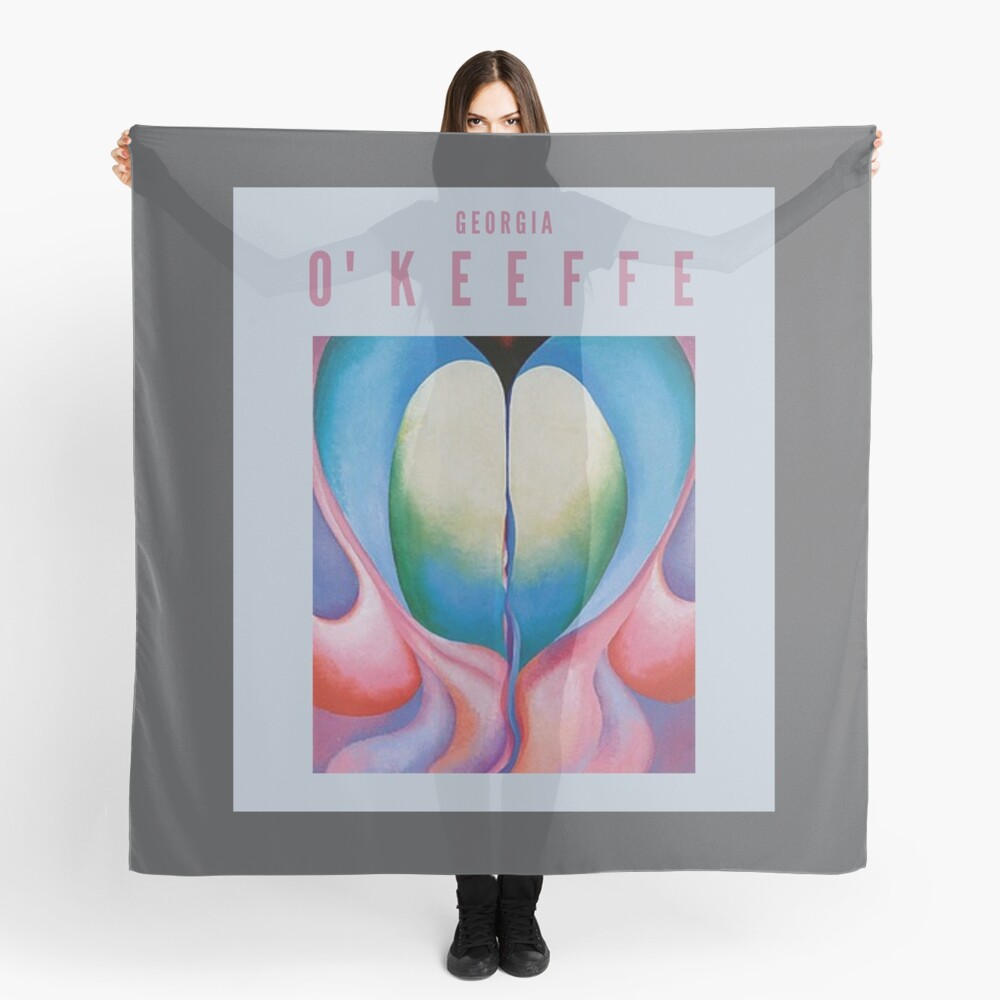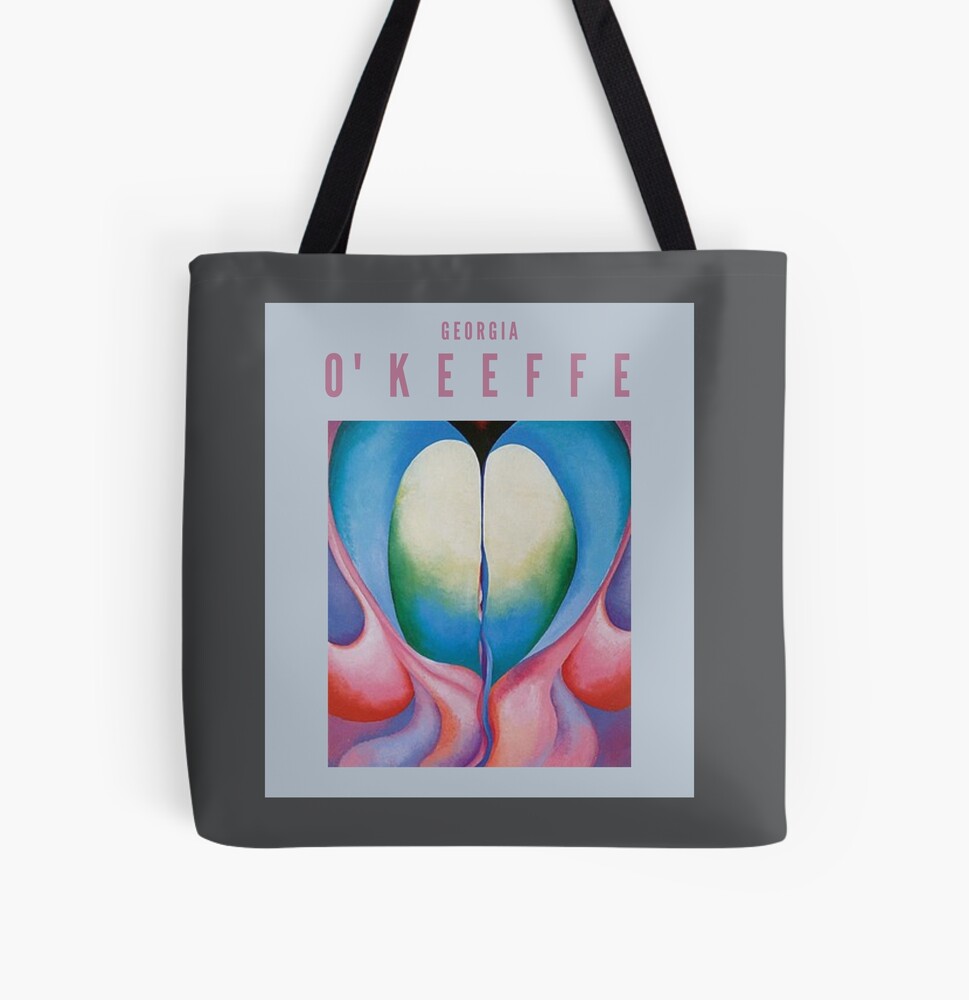Landscape paintingPainting is a fundamental form of visual art that has been practiced for thousands of years. It involves applying pigment to a surface such as canvas, paper, or a wall. Painting can be explored through various styles, techniques, and mediums, each offering unique possibilities for expression and creativity. Historical Background • Ancient Beginnings: The history of painting dates back to More focuses on the depiction of natural scenery such as mountains, valleys, trees, rivers, and forests. It has been a significant genre in art history, evolving through various styles and periods. Landscape paintingPainting is a fundamental form of visual art that has been practiced for thousands of years. It involves applying pigment to a surface such as canvas, paper, or a wall. Painting can be explored through various styles, techniques, and mediums, each offering unique possibilities for expression and creativity. Historical Background • Ancient Beginnings: The history of painting dates back to More captures the beauty of the natural world and often reflects the cultural and philosophical views of the time.

Historical Context
Landscape paintingPainting is a fundamental form of visual art that has been practiced for thousands of years. It involves applying pigment to a surface such as canvas, paper, or a wall. Painting can be explored through various styles, techniques, and mediums, each offering unique possibilities for expression and creativity. Historical Background • Ancient Beginnings: The history of painting dates back to More has roots in ancient art, but it became a distinct genre during the Renaissance. Artists like Leonardo da Vinci and Albrecht DürerAlbrecht Dürer (1471–1528) was a pivotal figure in the Northern Renaissance, renowned for his contributions to painting, printmaking, and theoretical writings. Born in Nuremberg, Germany, Dürer’s work bridged the artistic gap between the Italian Renaissance and Northern Europe, bringing a new level of detail, realism, and innovation to his art. Early Life and Education Dürer was born into a family More incorporated landscapes into their works, setting the stage for its development. The Dutch Golden Age saw a rise in detailed and realistic landscapes, with artists like Jacob van Ruisdael leading the way. This period emphasized a detailed, almost scientific observation of nature.

During the 18th century, landscape paintingPainting is a fundamental form of visual art that has been practiced for thousands of years. It involves applying pigment to a surface such as canvas, paper, or a wall. Painting can be explored through various styles, techniques, and mediums, each offering unique possibilities for expression and creativity. Historical Background • Ancient Beginnings: The history of painting dates back to More flourished in England, with artists such as Thomas Gainsborough and Richard Wilson. They portrayed idyllic, pastoral scenes that highlighted the beauty and tranquility of the English countryside. This era laid the groundwork for the Romantic movement in landscape art.

Romanticism
The Romantic era brought a new emotional depth to landscape paintingPainting is a fundamental form of visual art that has been practiced for thousands of years. It involves applying pigment to a surface such as canvas, paper, or a wall. Painting can be explored through various styles, techniques, and mediums, each offering unique possibilities for expression and creativity. Historical Background • Ancient Beginnings: The history of painting dates back to More. Artists like J.M.W. TurnerJoseph Mallord William Turner, commonly known as J.M.W. Turner, is one of the most celebrated and influential artists in the history of British art. Born in 1775 in London, Turner is renowned for his groundbreaking landscape paintings and mastery of light, color, and atmosphere. His work significantly impacted the Romantic movement and laid the groundwork for Impressionism. Early Life and More and Caspar David Friedrich focused on the sublime, capturing dramatic and awe-inspiring scenes. Turner’s seascapes and Friedrich’s contemplative landscapes conveyed powerful emotions and a sense of the infinite.
- Key Artists: J.M.W. TurnerJoseph Mallord William Turner, commonly known as J.M.W. Turner, is one of the most celebrated and influential artists in the history of British art. Born in 1775 in London, Turner is renowned for his groundbreaking landscape paintings and mastery of light, color, and atmosphere. His work significantly impacted the Romantic movement and laid the groundwork for Impressionism. Early Life and More, Caspar David Friedrich
- Characteristics: Dramatic use of light and color, emphasis on the sublime, emotional intensityIn color theory, intensity, also known as saturation or chroma, refers to the purity and vividness of a color. This property is essential for artists and designers as it helps create dynamic and engaging visuals. Intensity determines how bright or dull a color appears, influencing the overall impact and mood of a composition. Defining Intensity Intensity measures the degree of More

ImpressionismImpressionism was an art movement of the 19th century developed in France, based on the practice of painting spontaneously out-doors (“en plein air”) rather than in the studio. Key impressionist subjects were everyday scenes and landscapes, in which the momentary and transient effects of sunlight should be captured. The artists worked directly in front of their subjects, using rapid brushwork More
ImpressionismImpressionism was an art movement of the 19th century developed in France, based on the practice of painting spontaneously out-doors (“en plein air”) rather than in the studio. Key impressionist subjects were everyday scenes and landscapes, in which the momentary and transient effects of sunlight should be captured. The artists worked directly in front of their subjects, using rapid brushwork More revolutionized landscape paintingPainting is a fundamental form of visual art that has been practiced for thousands of years. It involves applying pigment to a surface such as canvas, paper, or a wall. Painting can be explored through various styles, techniques, and mediums, each offering unique possibilities for expression and creativity. Historical Background • Ancient Beginnings: The history of painting dates back to More in the late 19th century. Artists like Claude MonetFrench painter Claude Monet (1840 – 1926) was a key figure of the impressionist movement which started in the second half of the 19th century. During his long career, Monet focused on depicting leisure activities and plein air landscape painting. Born in Paris, his family moved to Le Havre in Normandy when Claude was 5 years old. From early on, More and Camille Pissarro painted en plein airThe French term “en plein air” means “out-doors”. Plein air painting therefore refers to the practice of painting an entire finished picture out of doors. Artists have long worked out of doors to create landscape sketches for the preparation of further studio work. The plein air approach, finishing entire pictures out-doors, however, began only in the 19th century, initiated by More (outdoors) to capture the changing effects of light and atmosphere. Their works often featured loose brushworkMasterful brushwork is often the defining feature of great artists, where the brush becomes an extension of their arm, allowing paint to flow effortlessly onto the canvas. These artists demonstrate a profound understanding of their medium, knowing precisely when to apply thick, textured strokes or smooth, delicate ones. Their skill extends beyond mere color application; it's about the artistry of More and vibrant colors, focusing on the overall impression rather than detailed accuracy.
- Key Artists: Claude MonetFrench painter Claude Monet (1840 – 1926) was a key figure of the impressionist movement which started in the second half of the 19th century. During his long career, Monet focused on depicting leisure activities and plein air landscape painting. Born in Paris, his family moved to Le Havre in Normandy when Claude was 5 years old. From early on, More, Camille Pissarro
- Characteristics: Loose brushworkMasterful brushwork is often the defining feature of great artists, where the brush becomes an extension of their arm, allowing paint to flow effortlessly onto the canvas. These artists demonstrate a profound understanding of their medium, knowing precisely when to apply thick, textured strokes or smooth, delicate ones. Their skill extends beyond mere color application; it's about the artistry of More, vibrant colors, focus on light and atmosphere, painted outdoors

Post-ImpressionismPost-Impressionism is an art movement that emerged in France in the late 19th century, following the close of the Impressionist era. While it retained the vivid color palette and real-life subject matter of Impressionism, Post-Impressionism rejected its limitations by emphasizing a more structured, formal composition and greater emotional depth. This movement was not defined by a single aesthetic but represented More
Post-Impressionist artists built on the foundations of ImpressionismImpressionism was an art movement of the 19th century developed in France, based on the practice of painting spontaneously out-doors (“en plein air”) rather than in the studio. Key impressionist subjects were everyday scenes and landscapes, in which the momentary and transient effects of sunlight should be captured. The artists worked directly in front of their subjects, using rapid brushwork More while exploring new techniques and styles. Vincent van GoghVincent van Gogh (1853 – 1890) is one of the renowned Post-Impressionist artists, best known for his striking use of colour, emphatic brushwork, and contoured forms. As a son of a pastor, the Dutch artist war brought up in a religious and cultured atmosphere. After working unsuccessfully as a clerk at a bookstore, as a salesman, and as a preacher More and Paul CézannePaul Cézanne (1839–1906) is often hailed as the "father of modern art." His pioneering approach to painting laid the groundwork for the transition from 19th-century artistic traditions to the radically different styles of the 20th century. Known for his innovative use of color, brushstrokes, and composition, Cézanne's work profoundly influenced future generations of artists, including the Fauves, Cubists, and Abstract More are notable for their unique approaches to landscape paintingPainting is a fundamental form of visual art that has been practiced for thousands of years. It involves applying pigment to a surface such as canvas, paper, or a wall. Painting can be explored through various styles, techniques, and mediums, each offering unique possibilities for expression and creativity. Historical Background • Ancient Beginnings: The history of painting dates back to More. Van Gogh’s swirling, emotive brushstrokes and Cézanne’s structured compositions each brought a new dimension to the genre.
- Key Artists: Vincent van GoghVincent van Gogh (1853 – 1890) is one of the renowned Post-Impressionist artists, best known for his striking use of colour, emphatic brushwork, and contoured forms. As a son of a pastor, the Dutch artist war brought up in a religious and cultured atmosphere. After working unsuccessfully as a clerk at a bookstore, as a salesman, and as a preacher More, Paul CézannePaul Cézanne (1839–1906) is often hailed as the "father of modern art." His pioneering approach to painting laid the groundwork for the transition from 19th-century artistic traditions to the radically different styles of the 20th century. Known for his innovative use of color, brushstrokes, and composition, Cézanne's work profoundly influenced future generations of artists, including the Fauves, Cubists, and Abstract More
- Characteristics: Personal expression, experimentation with form and color, individual styles

Modern and Contemporary Landscape PaintingPainting is a fundamental form of visual art that has been practiced for thousands of years. It involves applying pigment to a surface such as canvas, paper, or a wall. Painting can be explored through various styles, techniques, and mediums, each offering unique possibilities for expression and creativity. Historical Background • Ancient Beginnings: The history of painting dates back to More
In the 20th century, landscape paintingPainting is a fundamental form of visual art that has been practiced for thousands of years. It involves applying pigment to a surface such as canvas, paper, or a wall. Painting can be explored through various styles, techniques, and mediums, each offering unique possibilities for expression and creativity. Historical Background • Ancient Beginnings: The history of painting dates back to More continued to evolve. The modernist movement saw artists like Georgia O’Keeffe and David Hockney reinterpreting natural scenes with innovative techniques and perspectives. O’Keeffe’s vibrant flowers and desert landscapes, and Hockney’s colorful depictions of California, reflected modern sensibilities.

Contemporary landscape artists continue to innovate, using new techniques and perspectives. Digital media has opened new possibilities for landscape art, with artists creating stunning digital works that capture the essence of the natural world. Environmental concerns and changing landscapes have also become important themes in contemporary works.
- Key Artists: Georgia O’KeeffeGeorgia O'Keeffe (1887-1986) was an American artist renowned for her distinctive paintings of flowers, skyscrapers, and southwestern landscapes. Often called the "Mother of American Modernism," her work is characterized by its bold colors, innovative compositions, and an abstract yet deeply personal interpretation of her subjects. Early Life and Education Born in Sun Prairie, Wisconsin, O'Keeffe showed an early interest in More, David Hockney
- Characteristics: Use of vibrant colors, modern techniques, innovative perspectives

Impact and Legacy
Landscape paintingPainting is a fundamental form of visual art that has been practiced for thousands of years. It involves applying pigment to a surface such as canvas, paper, or a wall. Painting can be explored through various styles, techniques, and mediums, each offering unique possibilities for expression and creativity. Historical Background • Ancient Beginnings: The history of painting dates back to More has influenced various art movements and remains a popular genre. It allows artists to explore themes of nature, beauty, and the sublime, providing a versatile medium for creative expression. The genre’s focus on the natural world also offers viewers a connection to their environment and a sense of tranquility.
Key Concepts
- Naturalism: A realistic portrayal of nature, focusing on accuracy and detail.
- Sublime: Depiction of nature’s grandeur and awe-inspiring aspects, often evoking strong emotions.
- En Plein AirThe French term “en plein air” means “out-doors”. Plein air painting therefore refers to the practice of painting an entire finished picture out of doors. Artists have long worked out of doors to create landscape sketches for the preparation of further studio work. The plein air approach, finishing entire pictures out-doors, however, began only in the 19th century, initiated by More: PaintingPainting is a fundamental form of visual art that has been practiced for thousands of years. It involves applying pigment to a surface such as canvas, paper, or a wall. Painting can be explored through various styles, techniques, and mediums, each offering unique possibilities for expression and creativity. Historical Background • Ancient Beginnings: The history of painting dates back to More outdoors to capture natural light and atmosphere directly.
Quick Facts
- Origins: Developed during the Renaissance, with roots in ancient art.
- Movements: Dutch Golden Age, Romanticism, ImpressionismImpressionism was an art movement of the 19th century developed in France, based on the practice of painting spontaneously out-doors (“en plein air”) rather than in the studio. Key impressionist subjects were everyday scenes and landscapes, in which the momentary and transient effects of sunlight should be captured. The artists worked directly in front of their subjects, using rapid brushwork More, Post-ImpressionismPost-Impressionism is an art movement that emerged in France in the late 19th century, following the close of the Impressionist era. While it retained the vivid color palette and real-life subject matter of Impressionism, Post-Impressionism rejected its limitations by emphasizing a more structured, formal composition and greater emotional depth. This movement was not defined by a single aesthetic but represented More, Modern and Contemporary.
- Key Artists: Leonardo da Vinci, Jacob van Ruisdael, J.M.W. TurnerJoseph Mallord William Turner, commonly known as J.M.W. Turner, is one of the most celebrated and influential artists in the history of British art. Born in 1775 in London, Turner is renowned for his groundbreaking landscape paintings and mastery of light, color, and atmosphere. His work significantly impacted the Romantic movement and laid the groundwork for Impressionism. Early Life and More, Claude MonetFrench painter Claude Monet (1840 – 1926) was a key figure of the impressionist movement which started in the second half of the 19th century. During his long career, Monet focused on depicting leisure activities and plein air landscape painting. Born in Paris, his family moved to Le Havre in Normandy when Claude was 5 years old. From early on, More, Vincent van GoghVincent van Gogh (1853 – 1890) is one of the renowned Post-Impressionist artists, best known for his striking use of colour, emphatic brushwork, and contoured forms. As a son of a pastor, the Dutch artist war brought up in a religious and cultured atmosphere. After working unsuccessfully as a clerk at a bookstore, as a salesman, and as a preacher More, Georgia O’Keeffe, David Hockney.
- Characteristics: Emphasis on natural scenery, light, atmosphere, emotional depth, varied techniques and perspectives.
Pop Culture Presence
Landscape paintingPainting is a fundamental form of visual art that has been practiced for thousands of years. It involves applying pigment to a surface such as canvas, paper, or a wall. Painting can be explored through various styles, techniques, and mediums, each offering unique possibilities for expression and creativity. Historical Background • Ancient Beginnings: The history of painting dates back to More has permeated popular culture in various ways. Nature documentaries and landscape photography often draw inspiration from traditional landscape art. Films and video games that feature stunning natural environments, such as “The Lord of the Rings” series and “The Legend of Zelda: Breath of the Wild,” showcase the enduring influence of landscape paintingPainting is a fundamental form of visual art that has been practiced for thousands of years. It involves applying pigment to a surface such as canvas, paper, or a wall. Painting can be explored through various styles, techniques, and mediums, each offering unique possibilities for expression and creativity. Historical Background • Ancient Beginnings: The history of painting dates back to More.
Enduring Appeal
The enduring appeal of landscape paintingPainting is a fundamental form of visual art that has been practiced for thousands of years. It involves applying pigment to a surface such as canvas, paper, or a wall. Painting can be explored through various styles, techniques, and mediums, each offering unique possibilities for expression and creativity. Historical Background • Ancient Beginnings: The history of painting dates back to More lies in its ability to capture the beauty and majesty of the natural world. It offers a timeless reflection of nature’s diverse and dynamic aspects. Landscape paintingPainting is a fundamental form of visual art that has been practiced for thousands of years. It involves applying pigment to a surface such as canvas, paper, or a wall. Painting can be explored through various styles, techniques, and mediums, each offering unique possibilities for expression and creativity. Historical Background • Ancient Beginnings: The history of painting dates back to More continues to inspire artists and viewers, providing a visual escape and a source of inspiration.
Sources




